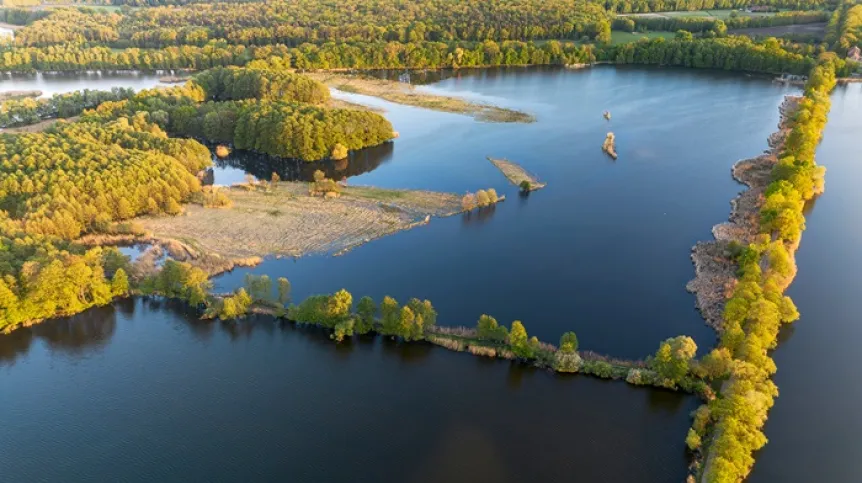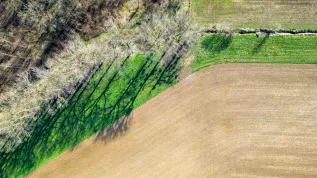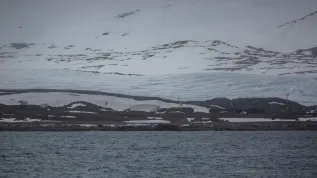
Nineteen rivers and lakes in Poland have met the highest European Union water quality standards, according to a list compiled by the Chief Inspectorate for Environmental Protection (GIOŚ) for the Polish Press Agency (PAP).
The list is based on 2024 data collected as part of the State Environmental Monitoring program. While it highlights the cleanest water bodies in the country, GIOŚ clarified that the results are not intended as a ranking but rather as a helpful guide for those planning holidays or summer outings.
“This year’s results reflect only the bodies of water monitored in 2024,” GIOŚ noted. “A different set of rivers and lakes is tested annually, so the list varies each year.”
Among the nine lakes that achieved top classification are Bałydzis and Białe Filipowskie (Podlaskie Voivodeship), Gwiazda (Kuyavian-Pomeranian Voivodeship), Białe near Sytnia Góra, Kozie (Kozy), and Ostrowite (Pomeranian Voivodeship), Kownackie (Greater Poland), and Betyń and Spore (West Pomeranian Voivodeship).
Ten rivers also qualified for the best water quality class, including Wołkuszanka (Podlaskie Voivodeship), Bielska Struga (Kuyavian-Pomeranian), Brodek, Radunia (from Lake Ostrzyckie to Strzelenka), and Zbrzyca (Pomeranian), Piława (from the Nadarzycki reservoir to its mouth), Płytnica (from the Sypniewo Canal to the mouth), and Rurzyca (Greater Poland), Lubaczówka (Podkarpackie), and Drawa (from Studzienica to Mierzęcka Struga, Lubuskie).
JAccording to GIOŚ, only specific sections of these water bodies were tested, at representative points, rather than the entirety of each lake or river. Measurements are based on several dozen indicators, including chemical, physical, and biological parameters.
“There are 4,040 such measuring and control points across Poland for the 2022–2027 monitoring cycle,” said Piotr Panek, Chief Specialist at GIOŚ’s Department of Environmental Monitoring. “We monitor not only rivers and lakes, but also dam reservoirs and coastal waters such as the Vistula Lagoon, Szczecin Lagoon, and the Gulf of Gdańsk.”
Water quality classification in Poland follows the standards of the EU’s Water Framework Directive 2000, which includes two chemical classes and five ecological surface water classes: very good (blue), good (green), moderate (yellow), weak (orange), and bad (red).
“Classifications reflect the degree of deviation from natural conditions, which is influenced by both pollution and physical transformation,” Panek said. “The ecological condition is determined by biological and natural physicochemical factors, while chemical condition relates to pollution by toxic substances—both synthetic and natural. These are assessed separately.”
Panek noted that the EU’s classification method applies a “one out, all out” approach. “This means if just one of the 40 indicators is rated ‘bad,’ the entire water body is rated as ‘bad,’ regardless of the other parameters,” he said.
According to the most recent European Commission report, published earlier this year, the proportion of surface waters in good condition in Poland has dropped from 31 percent to just 8.5 percent over the past six years.
Panek attributed the decline not only to environmental degradation but also to stricter and more comprehensive testing. “In 2016, countries that began conducting more ambitious studies saw a rise in the number of waters classified as poor. That includes not only Poland but also Germany, Denmark, Benelux countries, and even Sweden,” he said.
He cited one example: PBDE (polybrominated diphenyl ethers), a pollutant that now has such strict standards that “even fish from Alaska or Antarctica don’t meet the limits. No fish in the world does.”
While Poland’s waters may appear worse on EU maps, Panek warned against interpreting blue zones too positively. “Sometimes it simply means no detailed monitoring was done there,” he said.
The EU originally aimed to achieve good surface water quality across all member states by 2015.
Panek stressed that nature’s recovery processes can be unpredictable. “Unfortunately, nature is not mathematics. Here it is impossible to measure everything, have an impact on everything,” he said. “Yes, there are cases when we cut off untreated wastewater, the condition of phytobenthos can improve in a few years. But there are also places where the ecological condition remains bad after 10 years, despite the implementation of repair measures.”
The European Commission is currently reviewing the effectiveness of the Water Framework Directive and considering potential revisions to help member states achieve their environmental targets.
Ewa Wesołowska (PAP)
ewes/ drag/ mhr/













